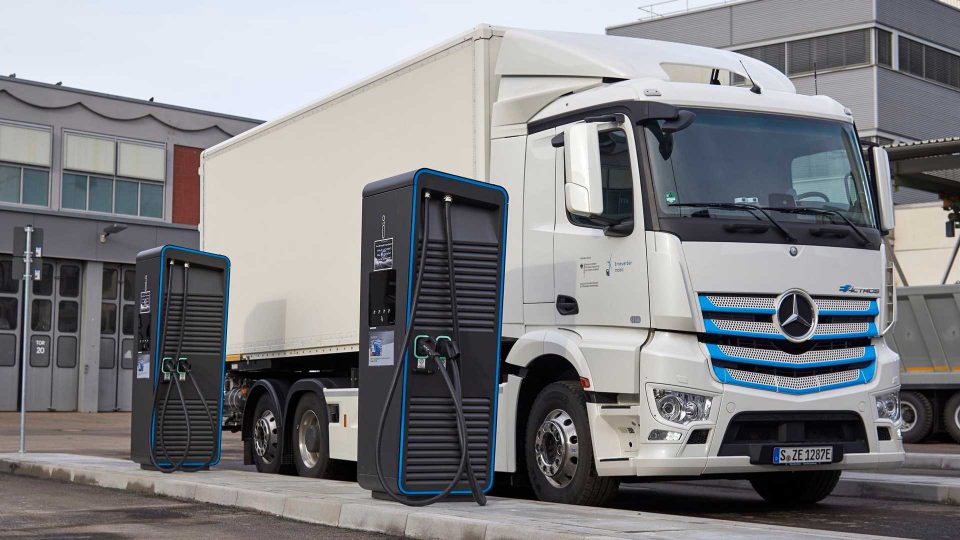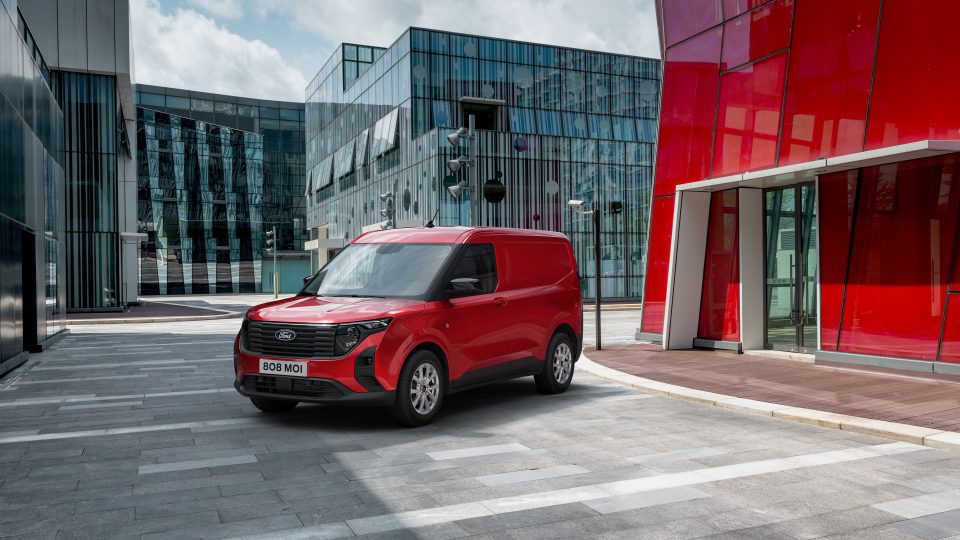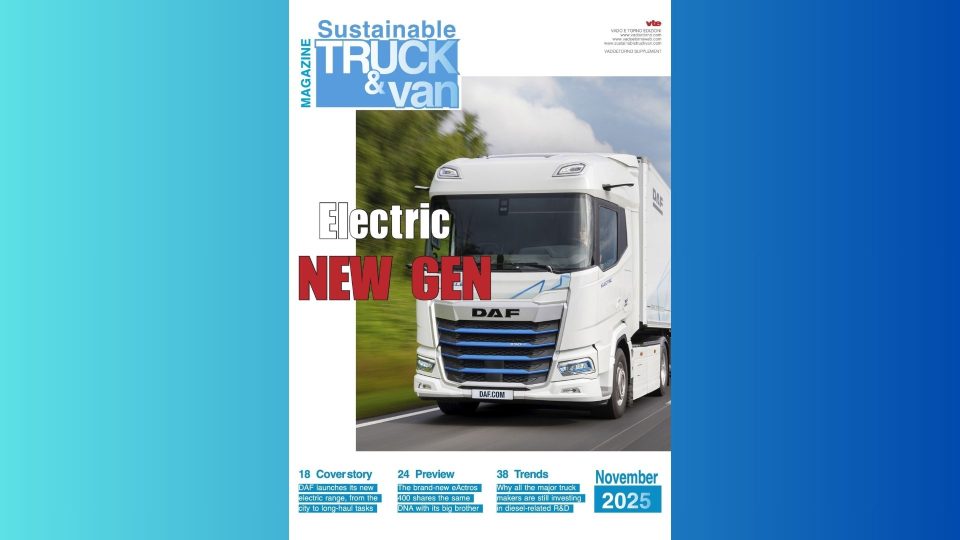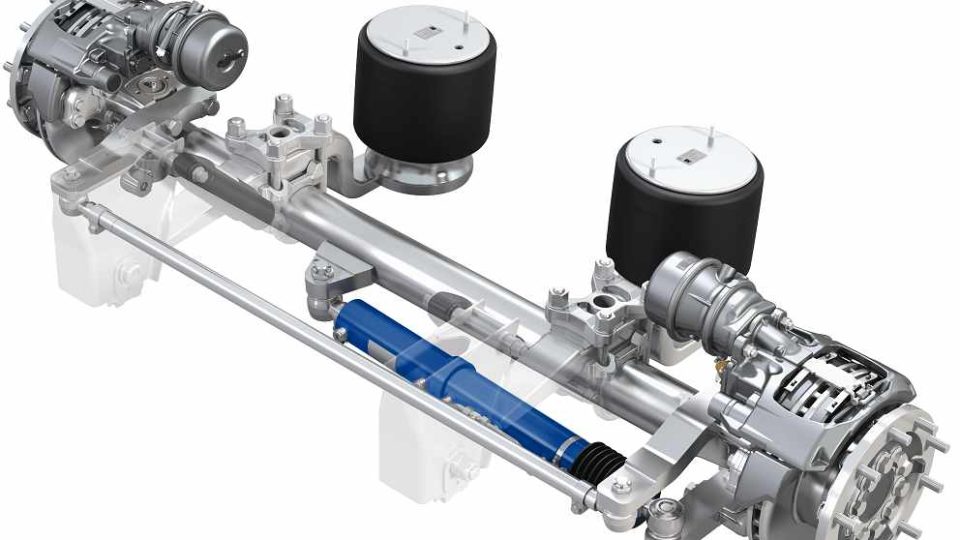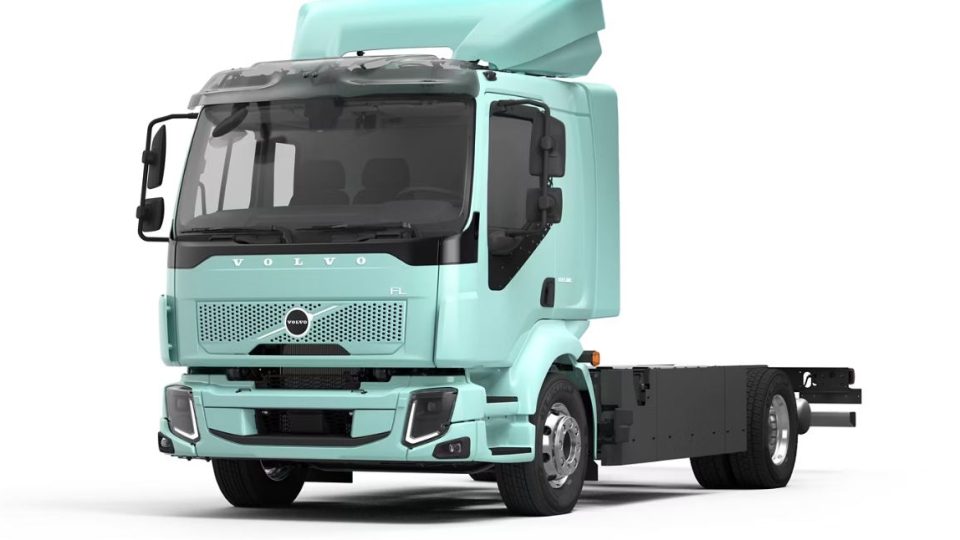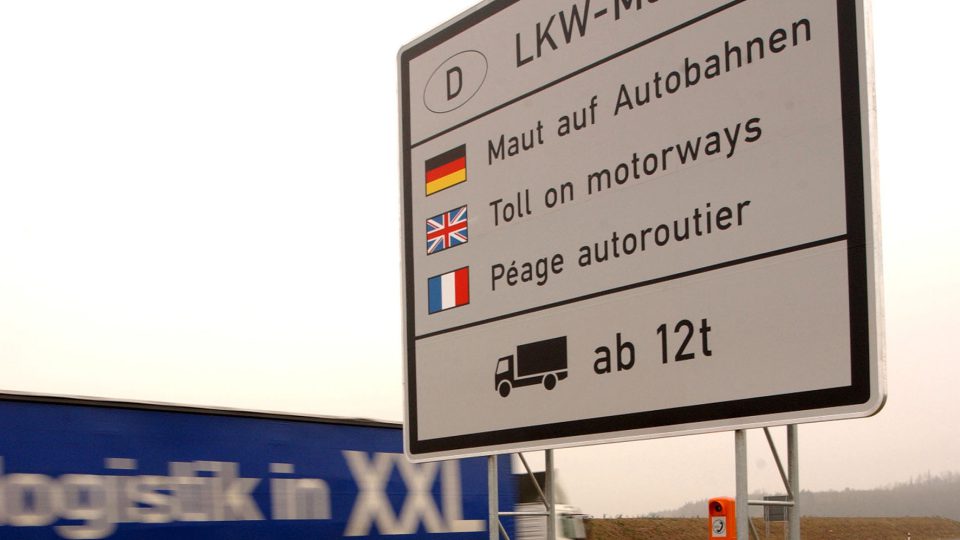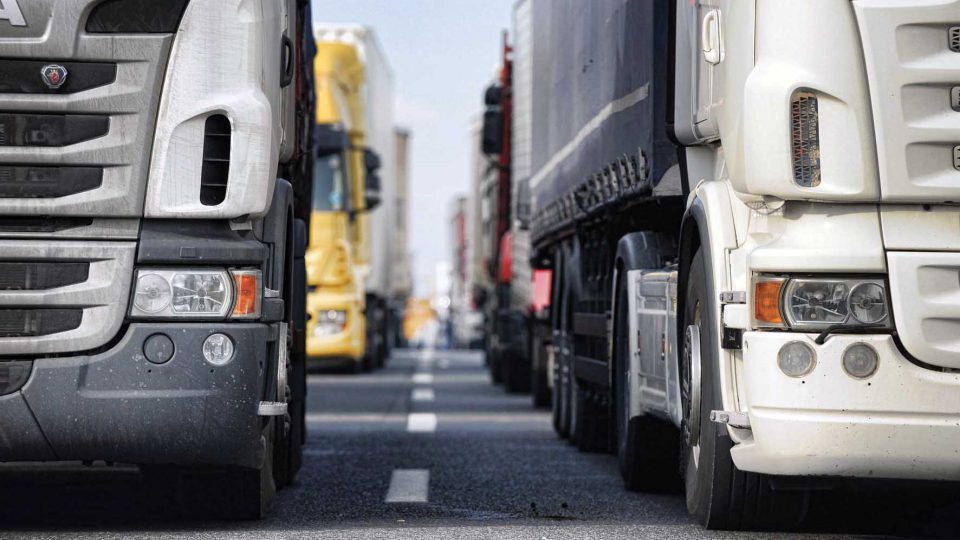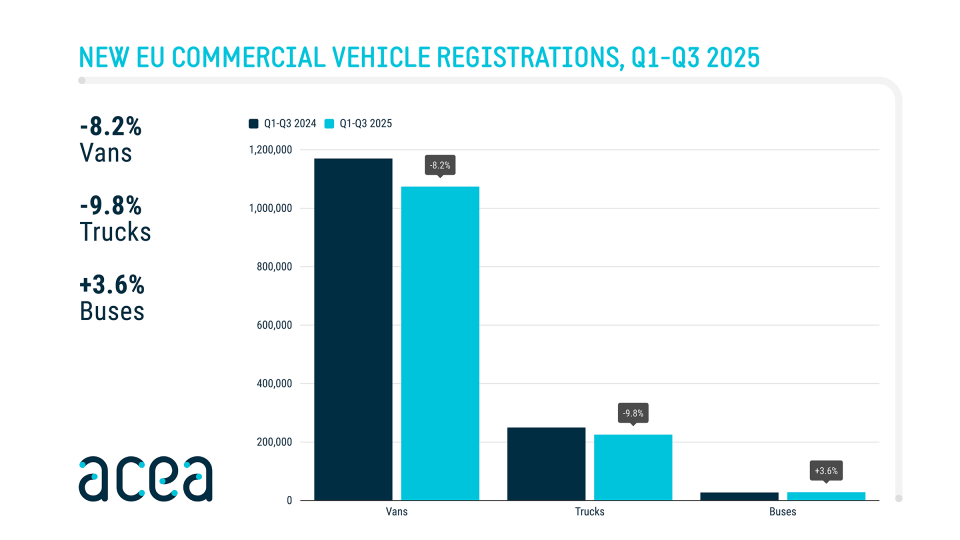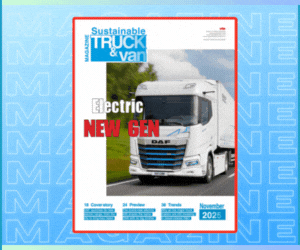Interact Analysis on hydrogen ICE vehicles: a niche until 2030, shipments to reach 400,000 units by 2040
“The number of registered H2 ICE vehicles is forecast to grow to 58,000 in 2030. Covering all on road and off-road vehicles (including trains, agricultural equipment, trucks and passenger cars), this figure is set to see significant growth post 2030, with uptake of H2 ICE technology projected to soar to more than 400,000 shipments by 2040”, said Jamie Fox, Principal Analyst at Interact Analysis.
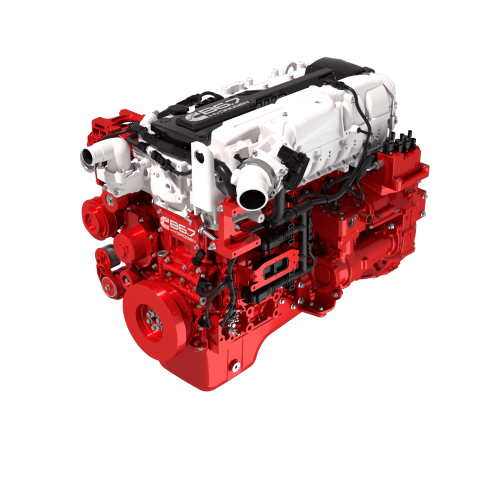
The consulting company Interact Analysis published quite an interesting research about hydrogen ICE vehicles. First of all, according to the article, mass production is predicted to take off within 5 years. Although the costs of the engine and the vehicles themselves are relatively low, their running costs are currently high, making the total cost of ownership (TCO) unfavorable. This makes them less attractive compared with fuel cell and battery electric alternatives.
“Hydrogen ICE vehicles require a series of minor changes compared with traditional ICE vehicles”, we read in the article. “Hydrogen ICE vehicles are most attractive to those companies who are most climate aware, or where battery electric alternatives are either unavailable for a particular vehicle or not fit for purpose. Without either of these catalysts for adoption, uptake of hydrogen ICE vehicles is likely to remain low in the short term. Off-road vehicles are perhaps best suited to this technology since battery electric and fuel cell alternatives face greater infrastructure challenges in off-road environments”.
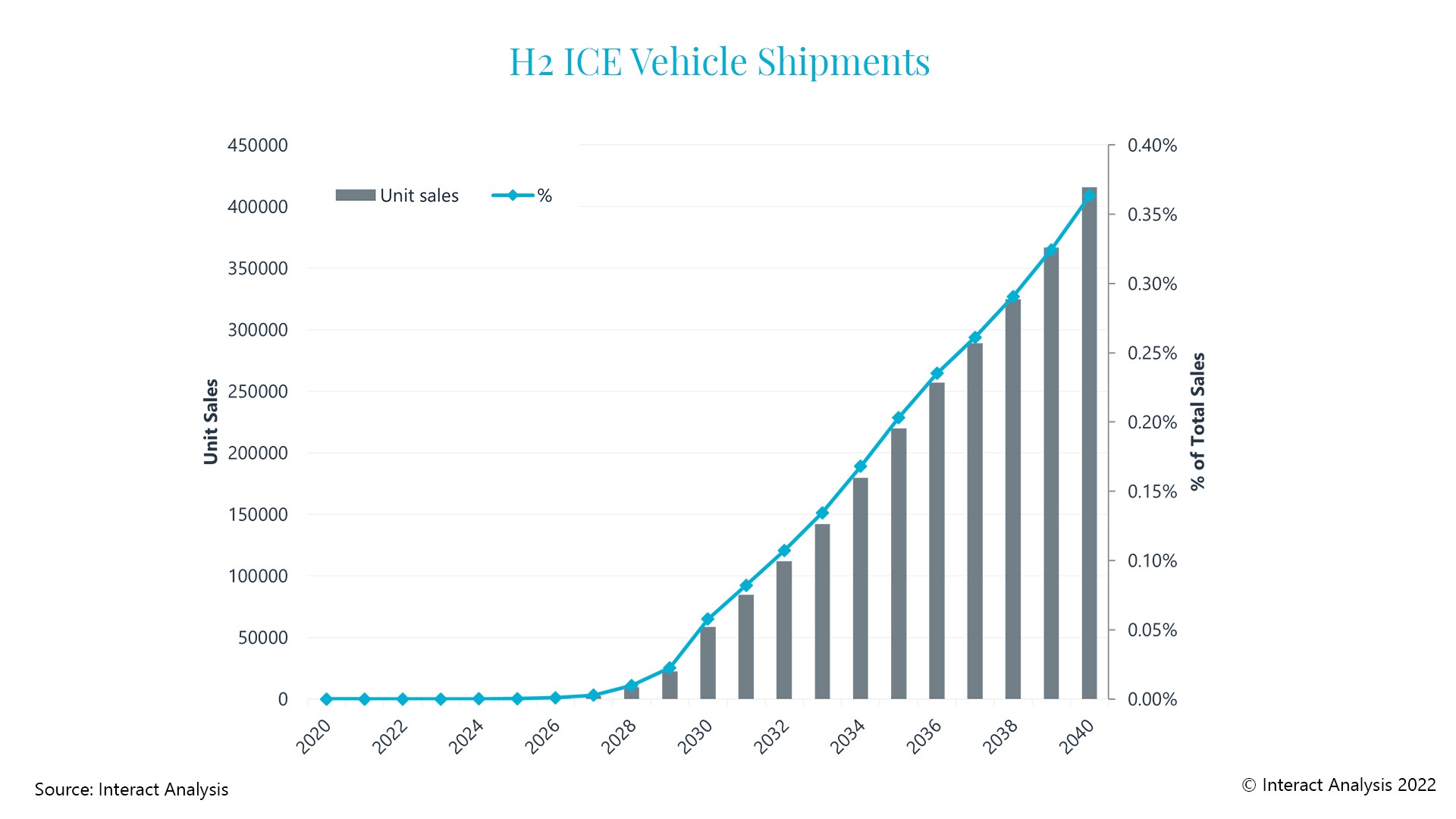
Hydrogen ICE vehicles: (also) a matter of costs
Talking about costs, the total cost of a hydrogen engine seems to be only slightly higher than that of a diesel engine. “On average, for a class 8 40-tonne truck, a hydrogen tank would cost around $76,000, a figure far in excess of the price of a diesel equivalent. However, the unit price of an H2 vehicle is still less than a FCEV alternative. Therefore, because the average cost of fuel per mile for H2 vehicles is higher than for FCEV and BEV vehicles, H2 technology is best suited to applications with low mileage/hours per day”.
Interact Analysis predicts that the cost of hydrogen will reduce significantly over time and, if it continues to fall at pace, it could become more competitive across a wider range of applications in the future. Although maintenance costs for H2 vehicles will be similar to those of other vehicles, fuel costs for hydrogen vehicles mean the TCO will be worse than for diesel and battery electric alternatives. Therefore, H2 vehicle application is likely to be limited to applications or regions where diesel has been legislated against or where BEV alternatives are not available.
Potrebbe interessarti
[Insights] Interact Analysis: 43% of all trucks sold in 2030 will be electric trucks
“The number of registered H2 ICE vehicles is forecast to grow to 58,000 in 2030. Covering all on road and off-road vehicles (including trains, agricultural equipment, trucks and passenger cars), this figure is set to see significant growth post 2030, with uptake of H2 ICE technology projected to soar to more than 400,000 shipments by 2040”, said Jamie Fox, Principal Analyst at Interact Analysis.
“Unlikely to become the market leader”
“Due to unfavorable TCO and high fuel costs H2 ICE vehicles are unlikely to become the market leader. Despite the many environmental benefits to the use of hydrogen vehicles, for mass adoption to occur the refueling infrastructure required must be developed and customer payback improved. We are still seeing many limitations to refueling infrastructure for battery electric vehicles so it is unlikely that we will see a significant amount of change in the H2 infrastructure for many years.”



